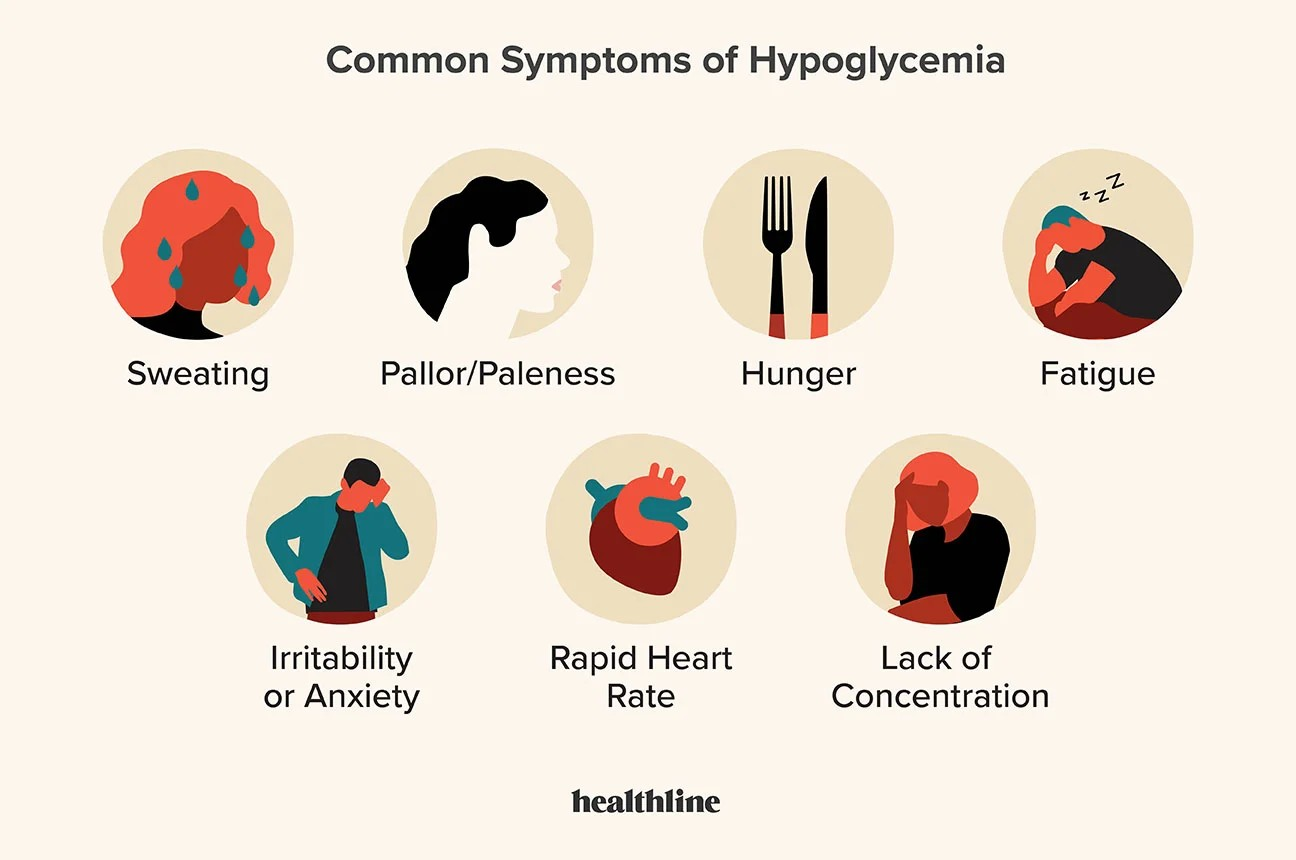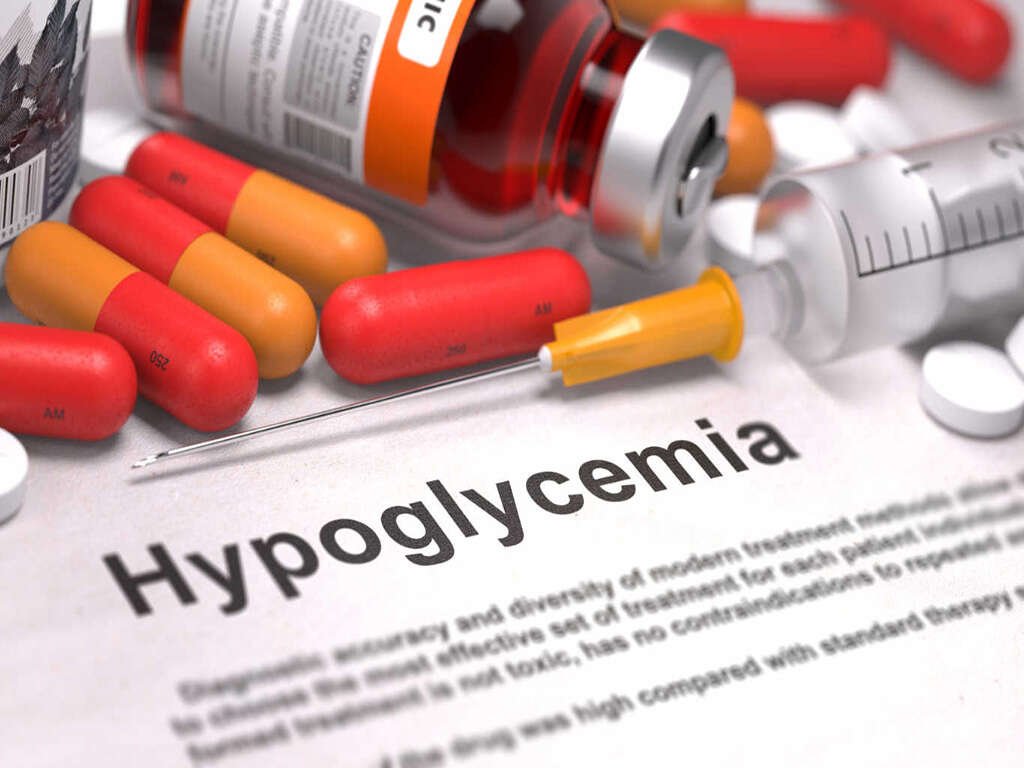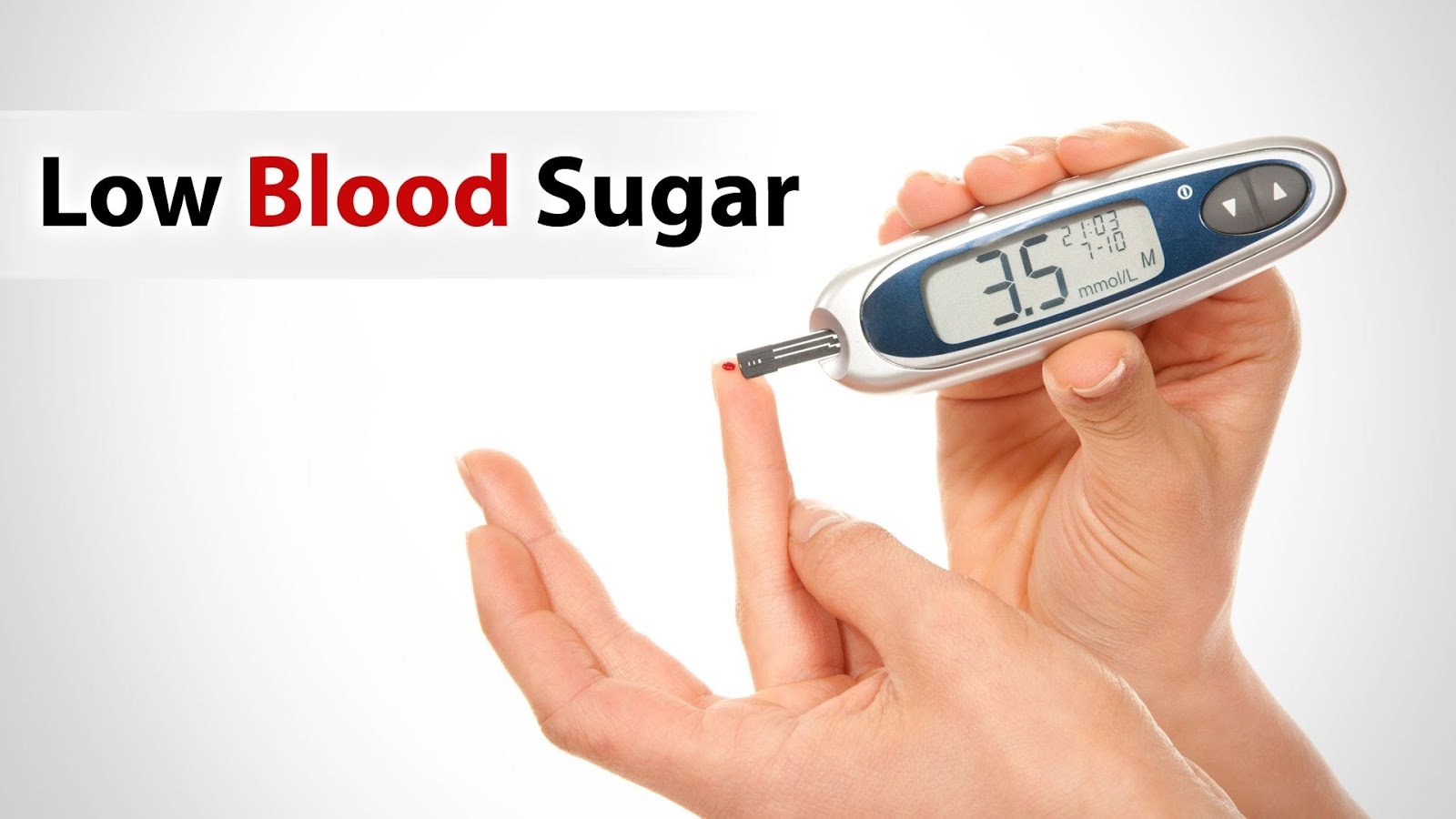Hypoglycemia is a serious health risk that often goes unnoticed, striking without warning. It’s not just about feeling dizzy or fatigued—it can hide much greater dangers. Understanding the symptoms, emergency actions, and prevention methods is key to protecting yourself and those around you.
Symptoms of Hypoglycemia: The Body’s SOS Signals

When hypoglycemia strikes, the body sends out clear signals. Initial signs often include sweating and trembling, triggered by a sharp drop in blood sugar. As the brain runs low on glucose, symptoms like dizziness, difficulty concentrating, and brief cognitive issues may appear. Mood changes, such as anxiety or irritability, are common as well. In severe cases, hypoglycemia can lead to fainting or seizures, which can be life-threatening.
First Aid: Quick Response Saves Lives

A rapid response is crucial during a hypoglycemic episode. The first step is to quickly consume sugar—soft drinks, candy, or a spoonful of honey work best to raise blood sugar. However, this is just the beginning. To prevent another drop in blood sugar, follow up with foods containing protein or complex carbohydrates, such as whole-grain bread, nuts, or milk, to provide sustained energy.
Once symptoms improve, continue to monitor the person’s condition. If symptoms persist or frequent hypoglycemic episodes occur, seek medical advice. If the person becomes unconscious, call emergency services immediately and apply sugar water inside the mouth to help absorption.
Causes of Hypoglycemia: Everyday Triggers to Watch Out For
Hypoglycemia often arises from everyday habits. Skipping meals, irregular eating, or extreme dieting can lead to blood sugar drops. Intense physical activity can also deplete energy stores rapidly. For diabetics, overuse of insulin or incorrect medication can cause blood sugar to plummet. A balanced diet, regular rest, and proper medication are essential for avoiding hypoglycemia.
What to Eat for Quick Recovery from Hypoglycemia?

When hypoglycemia occurs, eating the right foods is more important than eating fast. Initially, consume simple sugars like juice, gummies, or sugar water to quickly raise blood sugar levels. Afterward, eat foods that provide lasting energy, such as whole-grain crackers, yogurt, milk, or a handful of nuts, to stabilize blood sugar and prevent future fluctuations.
Preventing: Simple Lifestyle Changes

Hypoglycemia can largely be prevented with healthy habits. Eating regular meals and opting for smaller, more frequent meals helps keep blood sugar steady. When exercising, be sure to replenish energy, especially after intense workouts. Proper sleep and avoiding overexertion also play a key role in prevention. Diabetics should regularly monitor their blood sugar and follow medical advice carefully.
Conclusion: Isn’t Scary If You Know How to Handle It
Although hypoglycemia can strike at any moment, it’s not as frightening as it seems. By learning its symptoms, emergency treatments, and preventive measures, you can manage it easily. With a healthy diet, regular exercise, and mindful habits, everyone can minimize the risk of hypoglycemia. Start now—take control of your health and protect yourself from this silent danger.
Malaysia Emergency Respond Service Phone Number: 999
Related organisation: Malaysian Emergency Response Services 999 (MERS 999)
